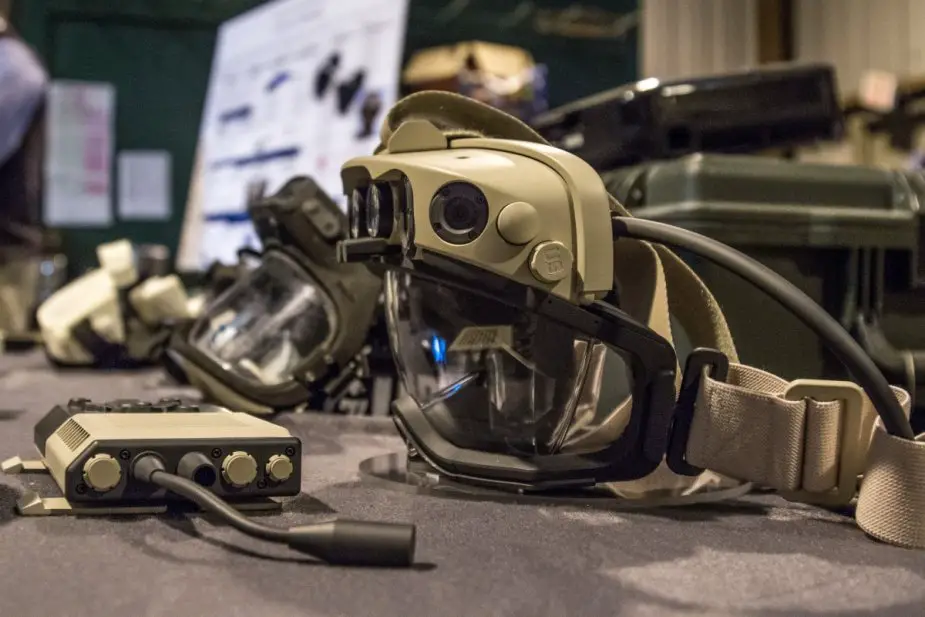The Army is working closely with industry partners to fulfill critical modernization programs on time, all while reviewing procedures to mitigate future delays amid the COVID-19 pandemic, the service’s acquisition chief said. Devon Suits, Army News Service, reports.

U.S. Army Futures Command demonstrates the Integrated Visual Augmentation System on Nov. 6, 2019. The Army is working closely with industry partners to fulfill critical modernization programs on time, all while reviewing procedures to mitigate future delays amid the COVID-19 pandemic (Picture source: U.S. Army/Luke Allen)
"In general, we are still close to being on track," said Bruce Jette, assistant secretary of the Army for acquisition, logistics and technology, or ASA (ALT). "It doesn't mean that individual issues have not arisen, but at this point, we think … that we can resolve any of the challenges." Given the current environment and its impact on all operations, the Army's No. 1 priority is to ensure the health and safety of those in industry and across the force, Jette said.
Industrial base refers to the varying levels of work by Army partners, which are critical to the design, production, delivery, and maintenance of future or current systems, subsystems, and components, officials said. "Sometimes, as you run up and down hills, you get this accordion motion," Jette said. "We are trying to move forward, and we are held up a bit, but we will begin to spread out again. There will probably be some people who can't quite keep up as we try to spread out, and we will work with them separately on the side."
Increased transparency from industry partners, including the different challenges they face, have been helpful during the process, Murray said. In turn, the Army can project timelines out to the 30, 60, and 90-day marks, and track daily changes to meet the force's expected outcomes.
To find success, the force must look at various courses of action and find alternatives, Murray said. At the moment, for example, the Army has no plans to delay the Integrated Visual Augmentation System, or IVAS, evaluation processes in July.
However, Microsoft is currently on a telework-only operating status, and many of its sub-suppliers could be impacted by the virus, which will result in an interruption to the program, Murray explained. Further, COVID-19 would also affect the Soldier touchpoint process, which must be completed before fielding the new system. "I'm not giving up on any of our timelines right now until we work through mitigation strategies and prove they are not viable," Murray said.
"We do not control this timeline, so we are adjusting … to keep everything on track," he added. "Industry partners are still bending metal, and we are still getting work done across the entire organization … (focusing) on the most critical things to deliver the capabilities we need."














